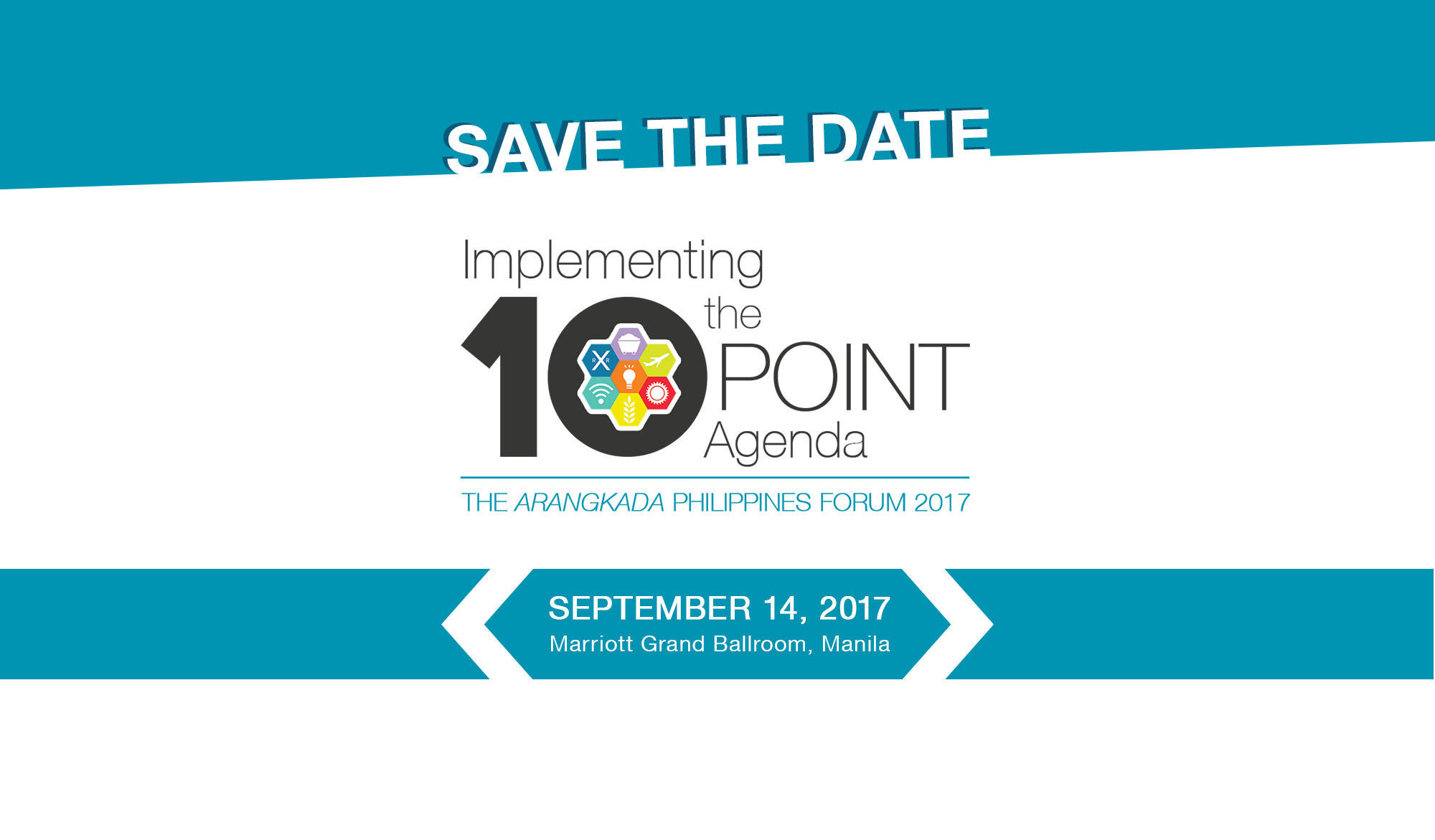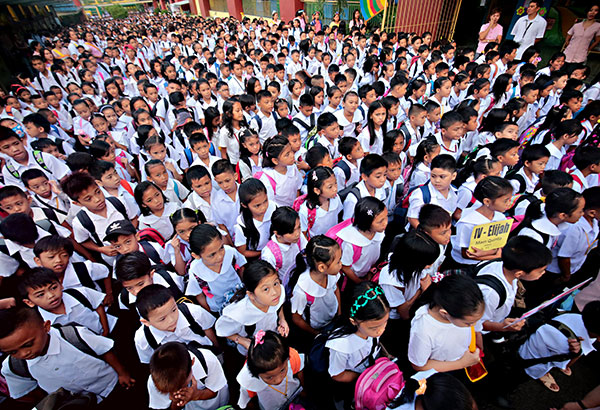By: Cielito F. Habito | 05:26 AM September 29, 2017
One just needs to mention names like Arnel Pineda, Lea Salonga, Monique Lhuillier, Kenneth Cobonpue and Margarita Fores to affirm that Filipinos can be world-class creators of beauty across the senses—be it in sound, sight and taste. We are an artistic and creative people, and the world knows it.
So why aren’t we cashing in on this asset more than we are? Why haven’t we become the “Broadway of Asia,” and instead have our artists and directors go to Singapore to practice their craft there, and help our neighbor position itself better for that title? Why can’t we have more Kenneth Cobonpues attaining as much global recognition even while based here at home? Why aren’t more Filipino fashion designers hitting the big time in the international fashion scene, even as we are supposedly seen as the “Milan of Asia” within designer circles? Why has the once vibrant Philippine film industry lost market share to Hollywood imports, while its products have failed to gain the same international following enjoyed by other East and South Asian cinematographers? And why don’t we see as many higher-end Filipino restaurants gaining wide following abroad beyond expat Filipinos, as Thai, Korean, Japanese and Chinese restaurants have long done?
It’s all probably a combination of lack of access to better facilities and technology, lack of willing investors, weaknesses in marketing, and inadequate government support. A few years ago, Myanmar beat the Philippines in an international animation competition in Bangkok. An observer noted that the Myanmar entrants came with full government support, while the Filipinos were on their own. And yet our animators are already prominently part of internationally acclaimed animation creations from well-known Hollywood producers like Disney, Pixar and Nickelodeon. Meanwhile, in the area of food, the Thai government has made a deliberate push to project Thailand as the “Kitchen of the World,” and, among other forms of support, has come up with a one-stop service to produce and export Thai food products and cuisine overseas.
The Arangkada Project of the Joint Foreign Chambers (JFC) observes: “There is a lack of understanding and appreciation of creative industries as a whole. This is partly because the creative cluster cuts across multiple economic sectors and does not yet constitute a cohesive or distinct sector in the traditional sense of an industry cluster.” Arangkada lists at least 13 industries that fall under the category of creative industries, including advertising, animation, architecture, broadcast arts, crafts, culinary arts, cultural/heritage activities, design, film, literature, music, new media, performing arts, publishing, and visual arts. For years, Arangkada has recommended a deliberate effort to map the Philippine Creative Industry, noting that more successful countries have found sector mapping to be an essential prerequisite to develop and promote the sector.
Arangkada also notes that existing legal restrictions work against full development of the sector. The practice of foreign professionals in areas such as architecture, engineering, interior design, landscape design, and others is prohibited or restricted by the Professional Regulatory Commission. The Philippine Constitution bans all foreign equity in the media and limits it to 25 percent in advertising. Apart from constricting potential investments in the sector, these also deter the “cross fertilization” that is
essential for domestic creative talent to be better attuned to international trends and demands, hence be truly world-class.
The latest annual Arangkada Philippines report reiterates 11 recommendations the JFC has put forward for years, toward fuller development of Philippine creative industries. The starting point would be creation of a Philippine Creative Industries Master Plan that details where the industry should go, and steps to pursue its goals. The master plan would undertake the long suggested mapping exercise and create a consistent policy framework for the sector.
There’s so much more our innate creativity and talent can gain for our people, but we must be much more deliberate about it.
Source: https://opinion.inquirer.net/107498/fostering-filipino-creativity#ixzz4uzASpbAI



